Disclosure: This article contains affiliate links. We may earn a commission from purchases at no extra cost to you, which helps our travel content.
The first time I stood at the edge of Ngorongoro Crater, clipboard in hand finalizing logistics for a corporate retreat, I felt that familiar warehouse-to-wonderland whiplash I've come to cherish in my travels. This massive caldera—a collapsed volcano creating a 100-square-mile natural enclosure—houses one of Africa's densest concentrations of wildlife. But what truly elevates the experience? The remarkable lodges perched along its rim, where luxury meets wilderness in perfect harmony. Que maravilha! After three visits over the past decade, I'm sharing my definitive guide to sleeping on the edge of this natural wonder.
The Logistics of Luxury: Getting to Ngorongoro
Before diving into the accommodations, let's talk supply chain—the journey to the crater. Most travelers fly into Kilimanjaro International Airport (JRO) near Arusha, Tanzania's safari hub. From there, it's a 3-4 hour drive to Ngorongoro Conservation Area, with the final stretch along bumpy roads that remind me of navigating forklifts through poorly maintained loading bays.
While some lodges offer transfers, I've found hiring a private driver with a 4x4 vehicle gives you more flexibility. On my last visit, I used safari communication gear to stay connected with my guide when we split up for different activities. The radios proved invaluable when coordinating meeting points across the vast conservation area.
Entry fees to the conservation area run about $70 per person per day (separate from accommodation costs), making this decidedly a luxury destination. Each time I've visited, I've been struck by how efficiently the park manages the flow of visitors—something my warehouse manager brain deeply appreciates.

💡 Pro Tips
- Book your crater entry permits in advance through your lodge to avoid delays at the gate
- Consider adding a cultural visit to a local Maasai village to your itinerary—many lodges can arrange this
- The conservation area has strict vehicle regulations; trust your guide's expertise on navigating them
&Beyond Ngorongoro Crater Lodge: Colonial Elegance Meets Maasai Design
Of all the properties I've experienced, &Beyond Ngorongoro Crater Lodge stands as the crown jewel—quite literally, as it's positioned at the highest point of the crater rim at 7,900 feet elevation. The architecture fascinates me: a blend of colonial grandeur and traditional Maasai influences that shouldn't work but absolutely does. Think chandeliers hanging in mud-and-stick structures with banana leaf ceilings.
The lodge is divided into three camps (North, South, and Tree Camp), each with its own lounge and dining areas. This creates an intimate feel despite the property's size—not unlike how I've sectioned warehouse spaces to improve workflow. Each suite features a private butler, fireplace, and a claw-foot bathtub positioned before floor-to-ceiling windows overlooking the crater.
What sets &Beyond apart is their balance of luxury and sustainability. Their water filtration system inspired me to get one for my home in Raleigh. It's remarkable how such a simple solution eliminates plastic waste while providing clean drinking water—a lesson in efficiency I've applied to my own operations.
Dining here is exceptional, with multi-course meals featuring local ingredients. Don't miss their signature sundowners on your private veranda—the sunset views across the crater will recalibrate your sense of scale.
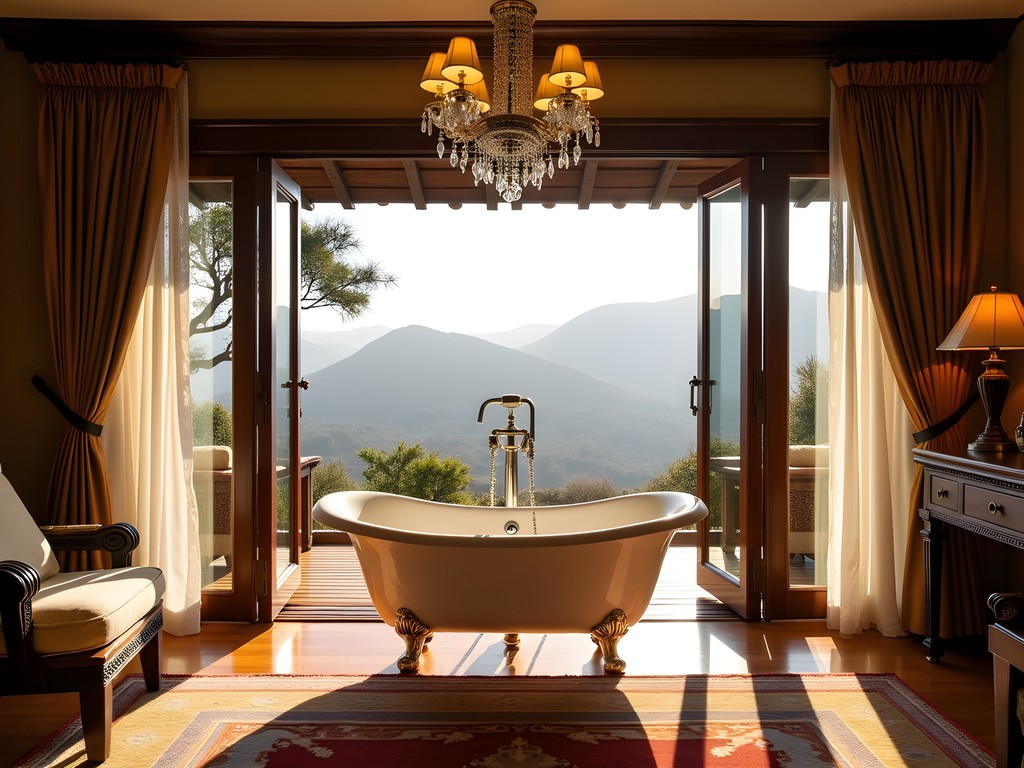
💡 Pro Tips
- Request a suite in North Camp for the best views
- Pack a quality pair of night vision binoculars to spot nocturnal wildlife from your deck after dark
- The lodge can arrange private dinners in unique locations—worth the splurge for couples
Sanctuary Ngorongoro Crater Camp: Canvas Luxury with Minimal Footprint
For those who prefer their luxury with a lighter environmental touch, Sanctuary Ngorongoro Crater Camp offers a seasonal tented experience that feels like stepping into an old explorer's journal. During my second visit to the crater, I stayed here while coordinating a corporate retreat focused on sustainable business practices.
The camp features just ten canvas tents, but don't let the word "tent" fool you—these spacious accommodations include proper beds, en-suite bathrooms with hot showers, and private viewing decks. The main lodge tent houses a lounge with leather sofas and a dining area where guests gather for family-style meals.
What impressed me most was their minimal environmental impact. The camp operates seasonally and can be completely dismantled, leaving virtually no trace on the landscape. This approach reminds me of the pop-up distribution centers we sometimes establish during peak seasons—efficient, purposeful, and temporary.
The proximity to wildlife here is unmatched. One morning, I woke to the distinctive rumble of a lion's roar that seemed impossibly close. Drawing back my tent flap, I discovered a male lion passing within 50 meters of camp. I captured the moment with my smartphone telephoto lens, which has become an essential part of my travel kit.
The camp's location near the Lemala access road means you'll be among the first vehicles into the crater each morning—a logistical advantage any supply chain professional can appreciate.
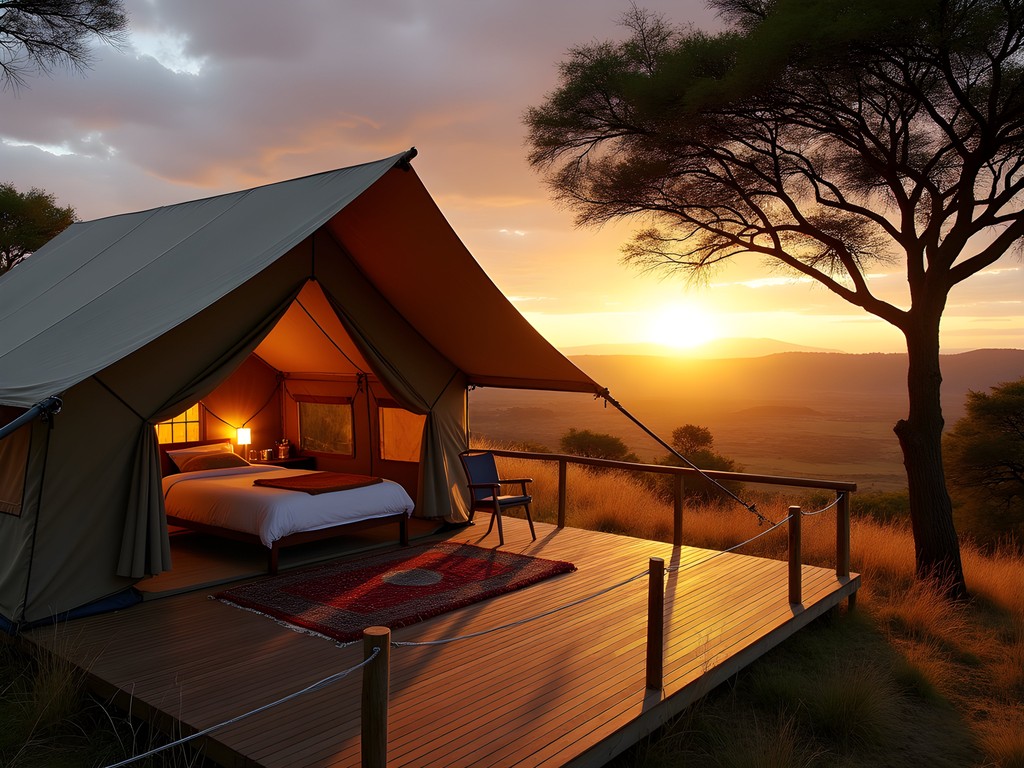
💡 Pro Tips
- Pack merino wool base layers for the chilly crater rim mornings and evenings
- Request Tent 7 or 8 for the best views and privacy
- The camp has limited electricity—bring a solar power bank to keep devices charged
The Highlands: Architectural Marvel with Crater Access
If Ngorongoro's traditional safari lodges feel too expected, The Highlands delivers an architectural surprise that would be at home in the pages of a design magazine. These geodesic dome structures perched on the slopes of the Olmoti volcano (about an hour from the main crater) represent the newest luxury option in the area.
During my most recent visit last summer, I stayed in one of their eight domed suites, each featuring floor-to-ceiling windows, wood-burning stoves, and en-suite bathrooms with hot water on demand. The transparent front section of each dome creates the illusion of sleeping directly in the landscape, while the canvas rear portion ensures privacy.
What sets The Highlands apart is its location away from the more developed crater rim. This remote setting offers access to less-visited areas like the Olmoti and Empakaai craters. After a day coordinating my team's activities, I hiked to Empakaai with a Maasai guide and witnessed flamingos gathering on its soda lake—a scene reminiscent of industrial symmetry but entirely natural.
The property excels in sustainable luxury. Their rainwater harvesting system particularly impressed me—so much that I've implemented a similar setup at our Raleigh warehouse. Their farm-to-table dining concept sources ingredients from their garden and local Maasai communities, creating economic benefits beyond tourism.
While The Highlands requires a longer drive to reach the main crater, the trade-off is worth it for the unique experience and access to less-crowded wilderness areas.
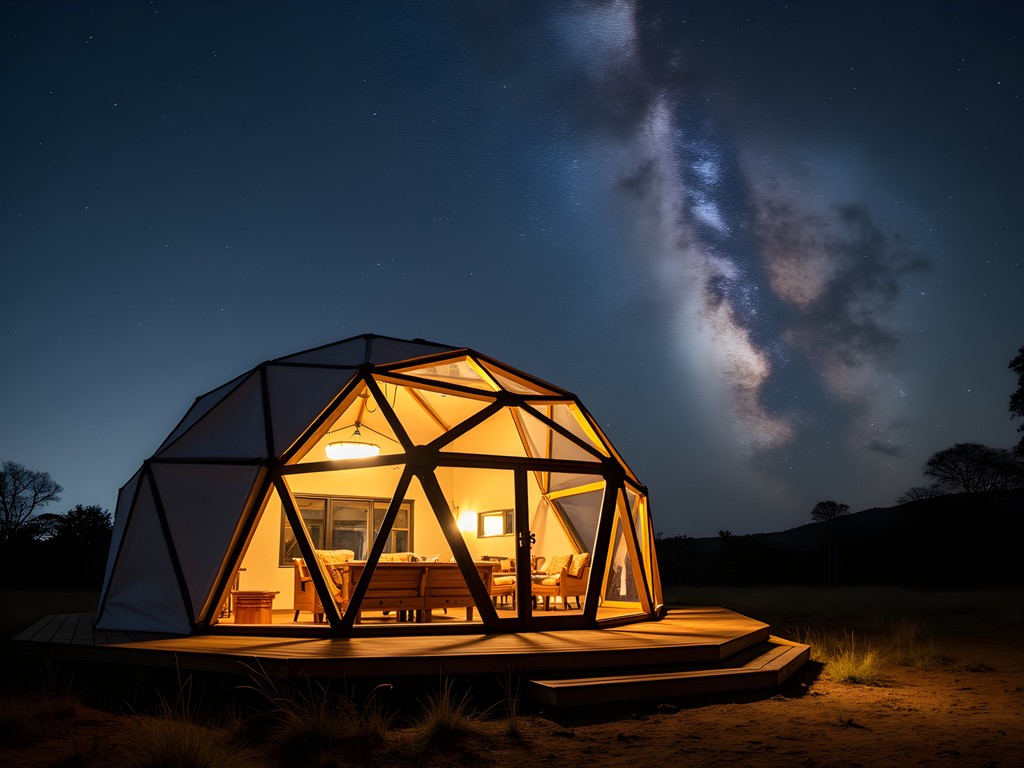
💡 Pro Tips
- Pack trekking poles for the excellent hiking opportunities around Olmoti and Empakaai craters
- Request Dome 1 or 2 for the best views and most privacy
- The higher elevation means colder nights—the wood stove in your dome is not just atmospheric but necessary
Wildlife Viewing and Activities Beyond the Lodges
While the accommodations are spectacular, the true purpose of visiting Ngorongoro is experiencing its remarkable wildlife concentration. The crater floor houses approximately 25,000 large animals, including rare black rhinos, lions, elephants, hippos, and countless herbivores.
Each lodge offers twice-daily game drives, but timing is everything. As someone who optimizes warehouse operations, I appreciate the strategy involved in crater visits. Morning drives should begin at dawn—the Lemala access road opens earliest, giving guests of nearby lodges a head start before vehicles from further lodges arrive.
Pack a heated travel mug for those pre-dawn departures. The ability to maintain your coffee temperature during the bumpy descent into the crater is a small luxury that makes a significant difference—just as climate-controlled storage sections improve warehouse conditions.
Beyond game drives, I recommend adding these experiences:
-
Olmoti Crater Hike: A moderate 2-hour hike with Maasai guides offering spectacular views and insights into local plant uses.
-
Empakaai Crater Descent: More challenging but rewarding with fewer tourists and pink flamingos on the soda lake.
-
Cultural Visits: Many lodges can arrange authentic (not staged) visits to Maasai communities. During my last visit, I learned traditional fire-making techniques that reminded me how innovation often comes from necessity.
For photographers, I suggest bringing a lens cleaning kit as the crater's dust will inevitably find its way onto your equipment. The dramatic lighting conditions at dawn and dusk create perfect opportunities for capturing the landscape's scale.

💡 Pro Tips
- Book a private vehicle if your budget allows—the flexibility to stay longer at sightings is invaluable
- The crater floor has limited shade—wear a wide-brimmed hat and apply sunscreen regularly
- Bring a field guide to enhance your wildlife viewing experience—I recommend wildlife field guide for its comprehensive coverage
Final Thoughts
Sleeping on the crater's edge is an experience that transcends typical luxury travel. It's about finding yourself suspended between earth and sky, between ancient geological forces and present wilderness. Each morning, as mist rises from the crater floor and the first golden light illuminates the landscape, I'm reminded of how similar this natural enclosure is to the warehouses I manage—each an ecosystem with its own rhythms, flows, and inhabitants.
Whether you choose the colonial-Maasai fusion of &Beyond, the minimal-footprint luxury of Sanctuary, or the architectural innovation of The Highlands, you're investing in more than accommodation. You're purchasing front-row seats to one of nature's most spectacular theaters.
As we say in Brazil, 'quem não arrisca, não petisca'—who doesn't take risks, doesn't snack. So take the risk, make the journey, and find yourself transformed by this remarkable corner of Tanzania. Just remember that true luxury here isn't measured in thread counts or wine lists, but in moments: a black rhino crossing your path at dawn, a Maasai guide sharing his ancestral knowledge, or the simple miracle of watching the crater awaken from your private veranda. Boa viagem!
✨ Key Takeaways
- Book your accommodation 9-12 months in advance for peak season (June-October)
- All luxury lodges include full board and most activities in their rates
- Consider splitting your stay between a crater rim lodge and The Highlands for diverse experiences
- The crater can get crowded midday—early morning and late afternoon game drives offer the best wildlife viewing
📋 Practical Information
Best Time to Visit
June to October (dry season)
Budget Estimate
$1,000-$1,500 per person per night all-inclusive
Recommended Duration
3-4 nights
Difficulty Level
Moderate



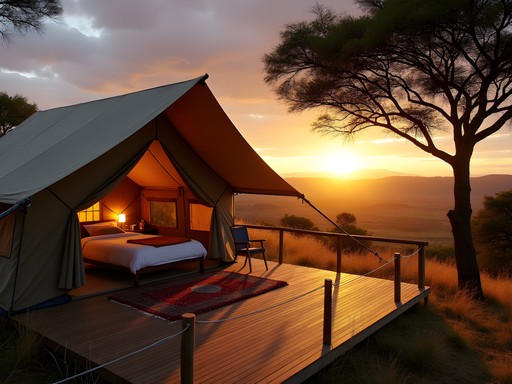
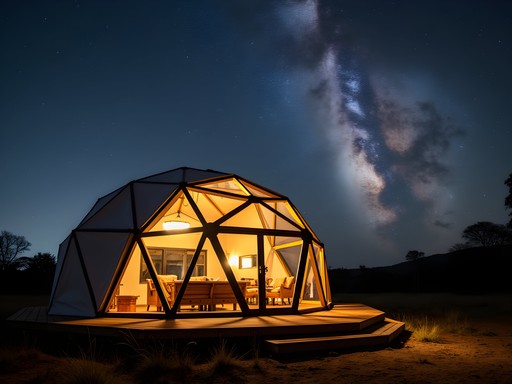
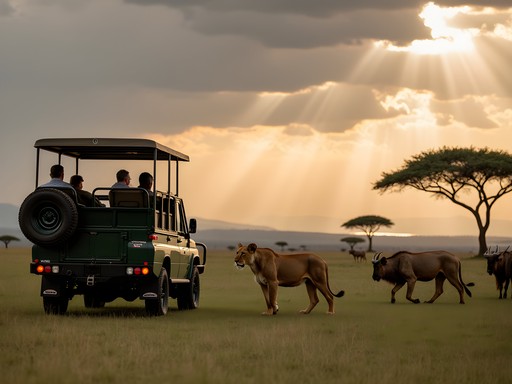


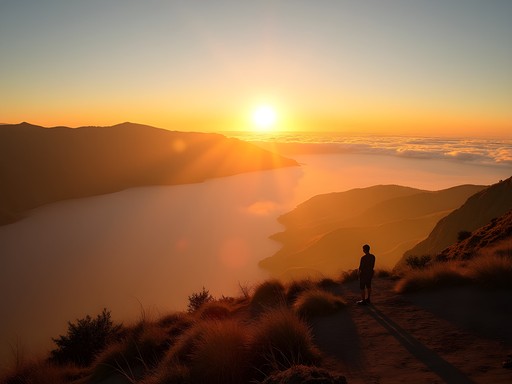
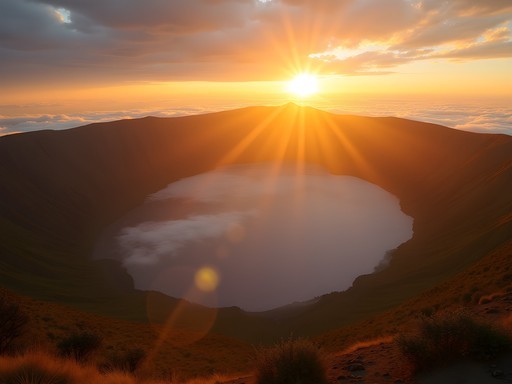
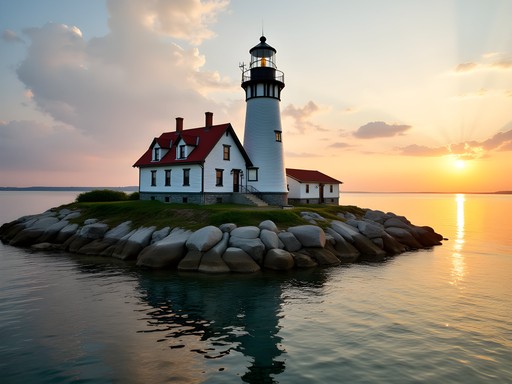
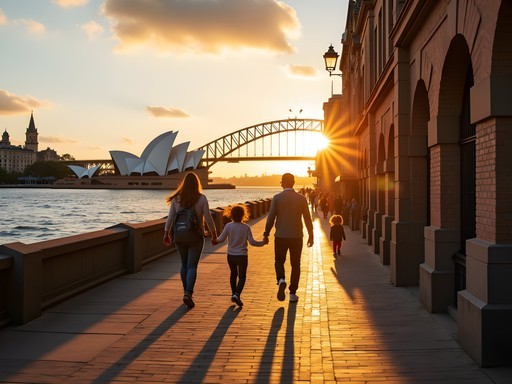
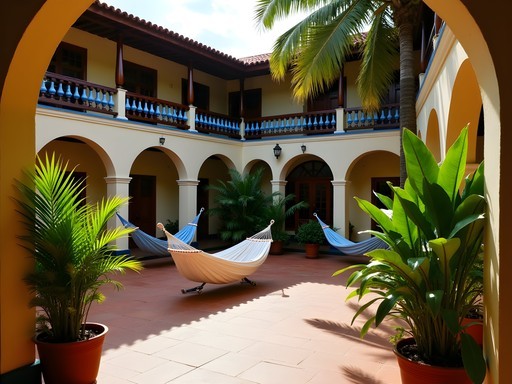
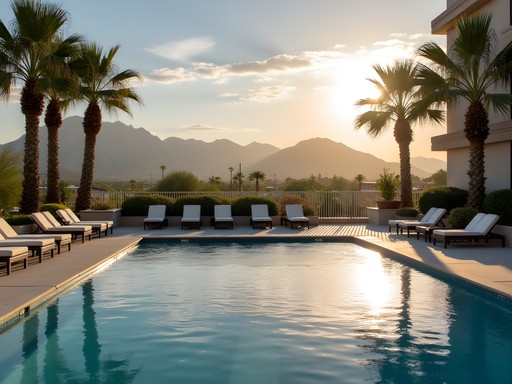
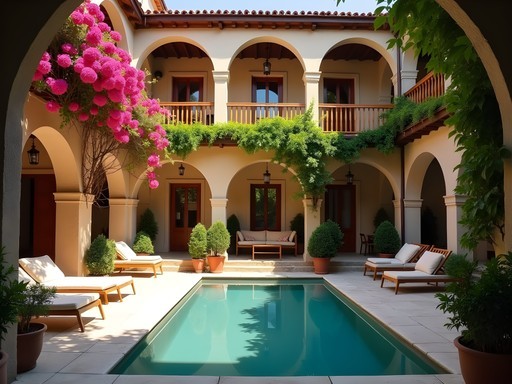
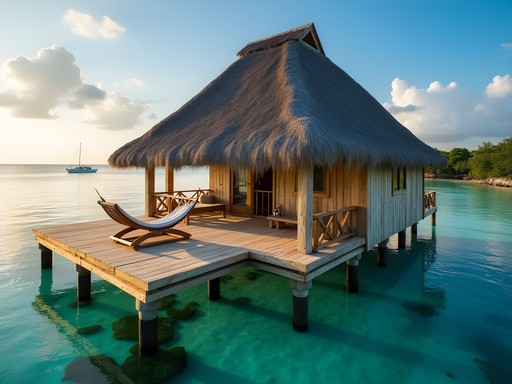
Comments
Casey Andersson
I stayed at The Highlands last year and it was a game-changer! Those geodesic domes are even more impressive in person than in photos. The night sky viewing from your private deck is unbelievable - I've never seen stars like that in my life. Pro tip for anyone going: do the guided hike to Olmoti Crater if you have time between game drives. It's less visited but absolutely stunning, and we spotted some amazing birdlife. Also, pack your binoculars - the wildlife viewing opportunities even from the lodge are incredible. We watched elephants wandering below while having breakfast!
summerway
Did you feel the altitude at all at The Highlands? I've heard it's quite a bit higher than the other lodges.
Casey Andersson
Good question! Yes, I definitely noticed it the first day - just felt a bit winded walking up hills. They provide oxygen in rooms if needed, but by day two I was fine. The cooler temperatures up there were actually a nice break from the heat elsewhere in Tanzania!
summerway
Those views from the Crater Lodge are absolutely insane! Worth every penny!
globephotographer
Great post, Alexander! I'm planning a trip to Tanzania next year and Ngorongoro is definitely on my list. How far in advance did you need to book these lodges? I've heard they fill up quickly, especially during peak season.
Alexander Cook
Thanks for reading! You're right about booking early - I'd recommend at least 6-8 months in advance for these premium lodges, especially if you're traveling June-October. The Crater Lodge books up almost a year ahead for peak dates!
globephotographer
That's super helpful, thanks! Better start planning now then!
springlife
Anyone know the best time of year to visit? Trying to avoid both crowds and rainy season if possible!
Sarah Powell
June to October is generally best - dry season with excellent wildlife viewing. But I went in late May (shoulder season) and it was perfect - slightly fewer vehicles in the crater and the landscapes were still lush from the rains.
smartzone6073
Just showed this to my wife and we're SOLD! Booking our anniversary trip for next year. Those bathtubs with the crater view? Mind-blowing!
adventurevibes
You won't regret it! Perfect anniversary spot.
Nicole Russell
Alexander, your description of that first view of the crater took me right back to my own experience! I opted for The Highlands when I visited and those geodesic domes are truly architectural marvels. What made it special for me was the balance of luxury with sustainability - the way they've minimized environmental impact while still delivering an incredible experience. The hike to Olmoti Crater with my Maasai guide was a highlight that offered a different perspective from the main crater experience. One tip for anyone planning a visit: pack layers! The temperature swing from day to night is dramatic, and while the lodges provide heaters, having your own merino base layers makes all the difference for those early morning game drives.
explorehero
How's the wildlife viewing directly from these lodges? Can you actually see animals from your room or do you need to go on game drives?
Nicole Russell
When I stayed at The Highlands, we could see buffalo and elephants from our deck with a good pair of binoculars! But the real wildlife experience is definitely down in the crater on game drives. The lodges arrange amazing guides who know exactly where to find the best sightings.
Sarah Powell
I stayed at the &Beyond Ngorongoro Crater Lodge last year and can confirm it's every bit as magical as Alexander describes. The colonial-meets-Maasai aesthetic creates this surreal atmosphere that perfectly complements the otherworldly setting. What surprised me most was how the staff anticipated needs I didn't even know I had - hot water bottles in bed before the chilly nights, binoculars ready for impromptu wildlife spotting from my private deck. Just be prepared for the price tag that comes with this level of luxury and location. Worth every penny for a once-in-a-lifetime experience though.
springlife
Was it difficult to get reservations? Planning for next summer and wondering how far ahead I should book!
Sarah Powell
I booked about 9 months in advance for peak season (August). I'd recommend at least 6-8 months for the crater lodges, especially if you have specific dates in mind!
adventurevibes
Those crater views look absolutely incredible! Adding this to my bucket list ASAP.
Nicole Russell
Alexander, this is such a comprehensive guide! I'm curious about the logistics of getting down into the crater itself from these lodges. How early do the game drives typically start? And is it worth doing multiple drives into the crater, or is one full day enough? Planning my first Tanzania trip and trying to figure out how many nights to allocate for Ngorongoro.
Alexander Cook
Hi Nicole! Great questions. The game drives typically start very early - around 6am - to catch the morning activity and beautiful light. The crater has a strict policy where vehicles must exit by 6pm. I'd recommend at least two drives if possible. The first day gives you that jaw-dropping overview, while the second lets you focus on specific areas or animals you're interested in. Most lodges include one crater drive per day in their rates. If you can swing it, 3 nights is ideal - gives you 2 full days in the crater plus time to enjoy the lodge amenities!
Nicole Russell
This is super helpful, thank you! I'll plan for 3 nights then. Can't wait!
Venture X
Premium card with 2X miles, $300 travel credit, Priority Pass